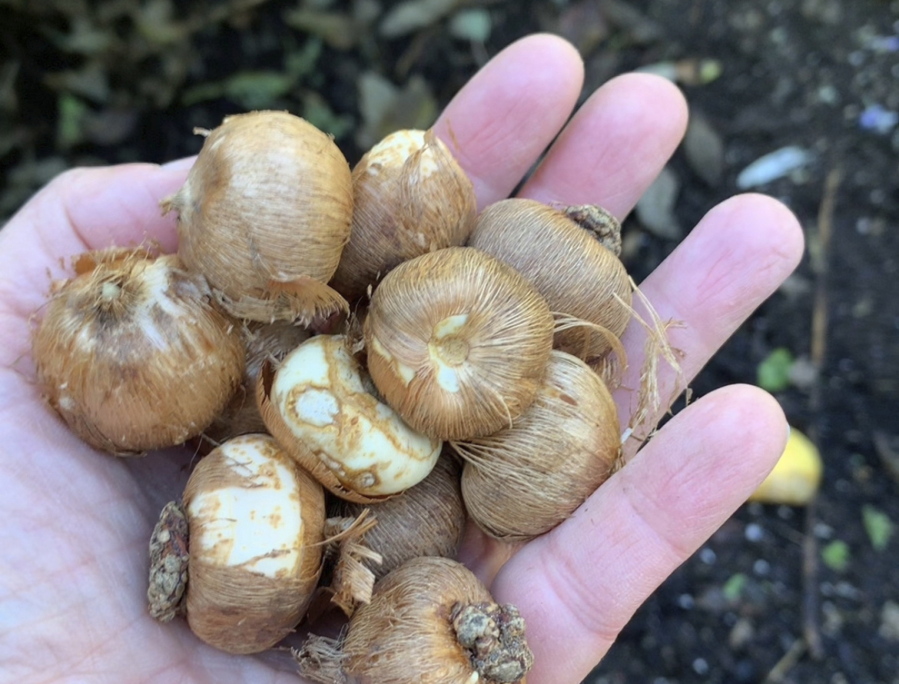As summer turns to fall, the garden may seem to fade into the background. But there’s still plenty of action going on underground, so this is no time to rest.
For starters, your plants still need water. Although their thirst will wane as temperatures cool, perennials, trees and shrubs in colder regions actually require extra water in early autumn to help them prepare for (and successfully emerge from) dormancy.
In cooler zones, plant pansies for a dash of fall color. They’ll die down over winter but return to bloom again next spring until the heat of summer does them in. In warmer zones, the pansies will keep doing fine so long as winter temperatures don’t rise above 80 degrees.
Add other seasonal bloomers to the garden or containers, too. Chrysanthemums, asters, and colorful ornamental kales and cabbages are good choices.



